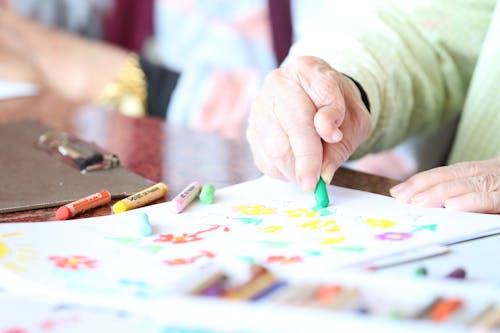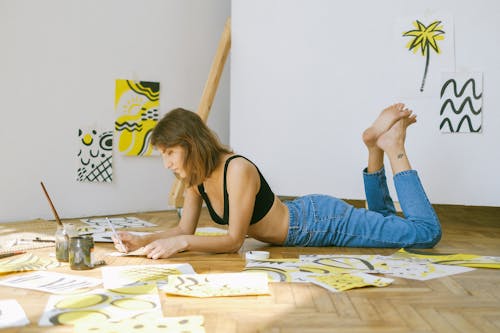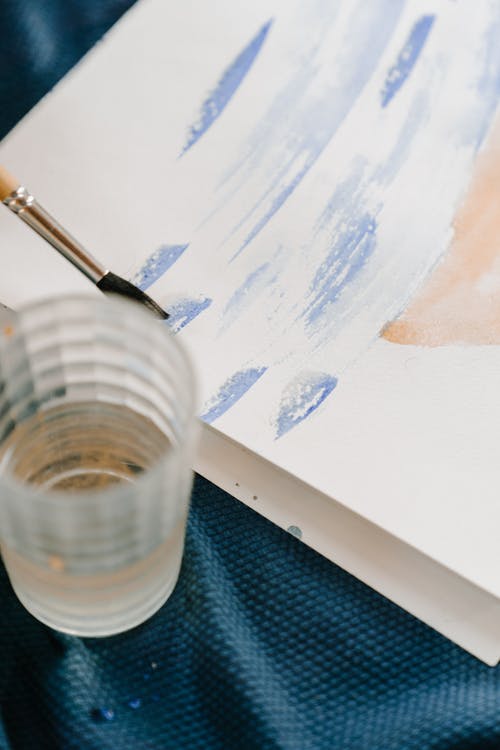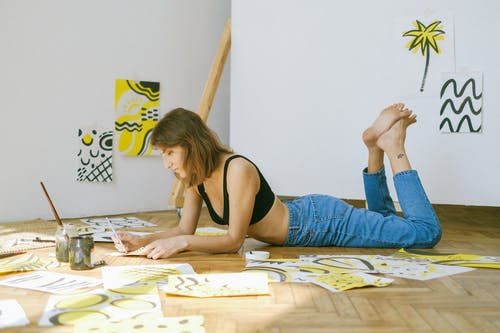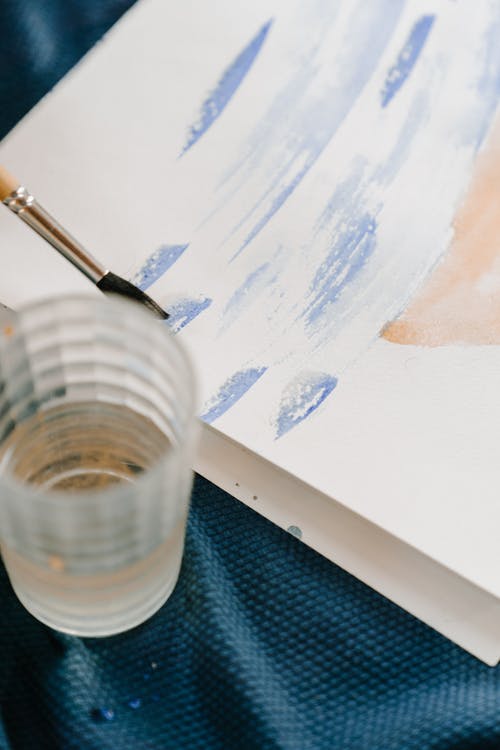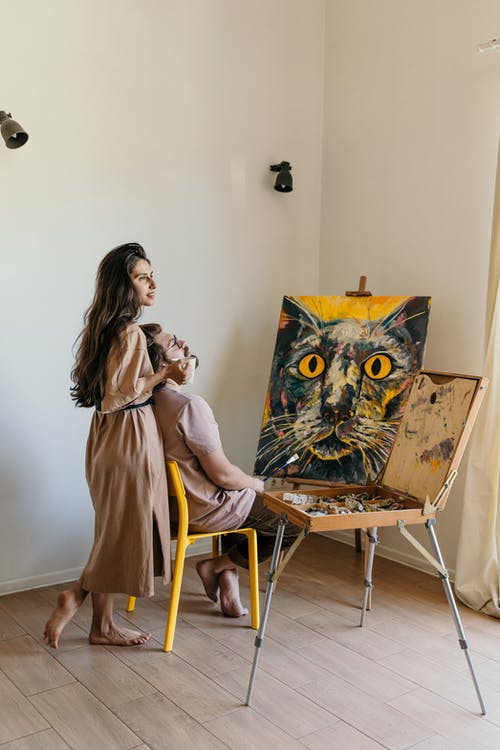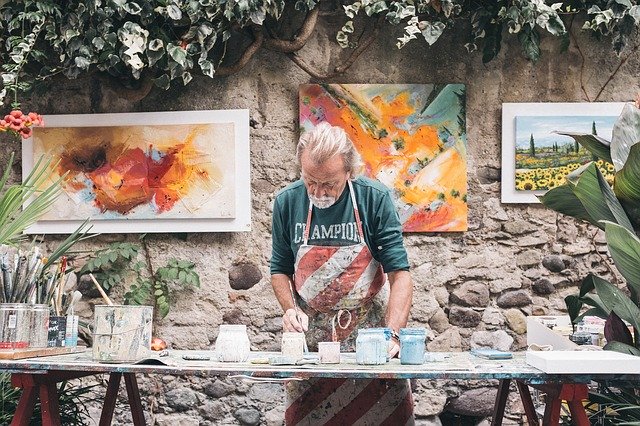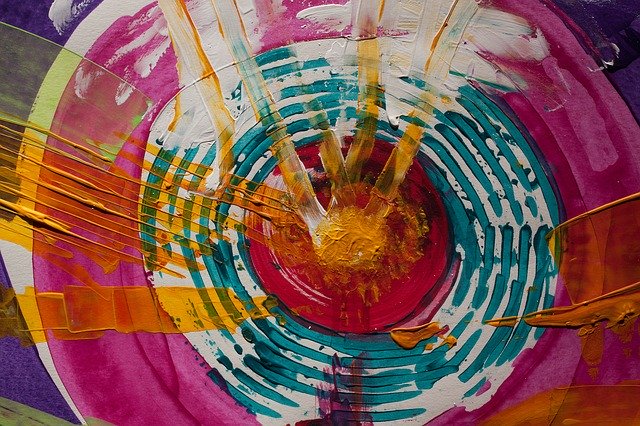Whenever the word creativity is mentioned, some people might think that there are some selected activities in which only some specially gifted people can partake.
However, it is interesting to note that everyone is creative, and tapping into the creative juice can improve your health- physical and mental health.
It might sound like a far-fetched fact but even when it comes to using a color book, and trying out different patterns and styles, you are engaging your creative strength. Doing this can improve your mental health in the long run.

When people are working on creating something, they might get lost in the activity due to different reasons. The process of creating involves concentration and laser focus, with fewer distractions.
When you get to the point where you give your full attention and are absorbed in work, your performance and productivity increase. You will be able to ideate, work and produce faster than you would on a regular day.
The brain function determines the state of the creative flow. The movements of the brainwaves slow down, and the individual finds it easier to process thoughts.
Some studies mentioned that the prefrontal cortex of the brain temporarily stops working so that we can be more courageous of our ideas instead of being too critical and hard on ourselves.
Additionally, during the creative flow state, the brain produces a large volume of neurochemicals which are dopamine, serotonin, and endorphins. These chemicals are known to induce happiness, satisfaction, and pleasure in humans.
This is why even regular creative activities will make you feel happier, calmer, and at peace. They produce a natural “high” which signifies contentment, satisfaction, and joy.
If you are struggling with a mental health problem, putting your creativity to work might be one of the ways to get your mental health on track. You can consider seeing a mental health therapist or counselor that you can work with to achieve your mental health goals.
